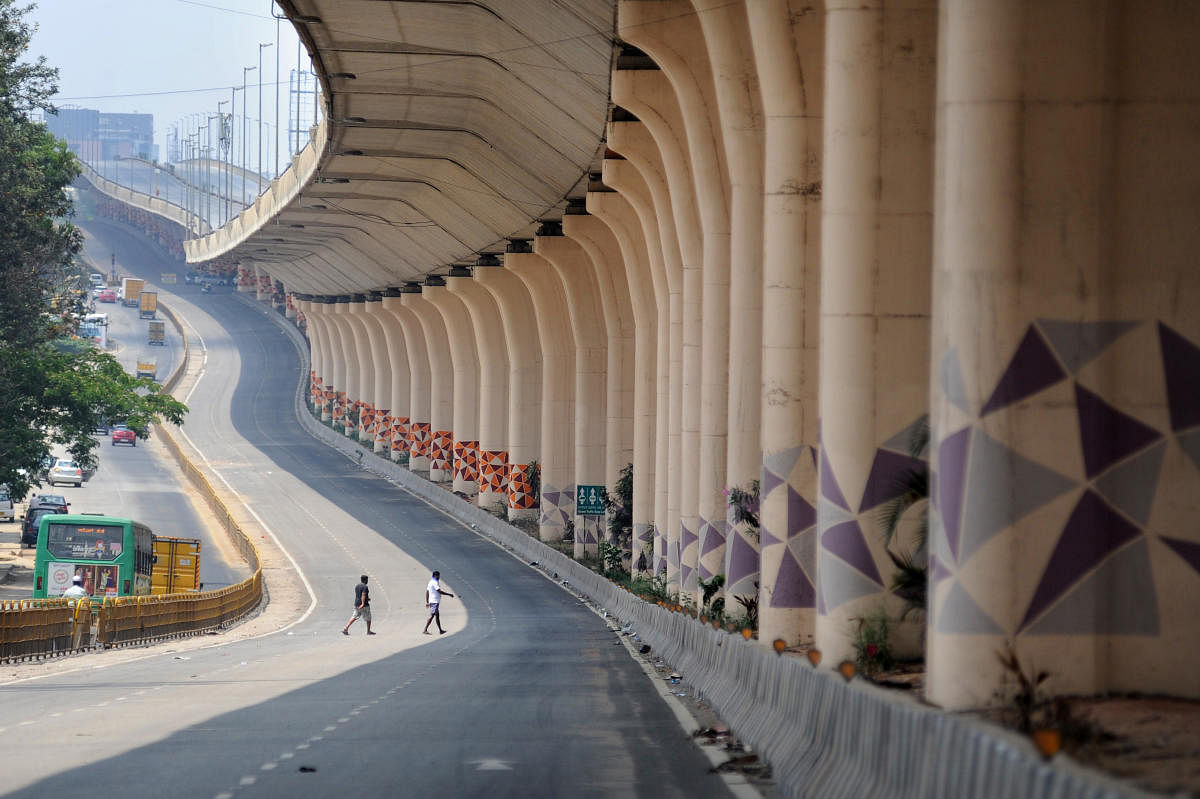

Documentary photography is a powerful medium that connects the viewers with the subject closely. Quite the most powerful form of storytelling, it has space for depth and meaningful images. From wars to wild places untouched by humans, pictures presented in this format often bring about change and narrate the true story, giving the viewers the lens to focus on the issue.
The difference between documentary photography and photojournalism is that one narrates the story through an individual while photojournalism is limited to single or limited pictures. While both capture reality in its raw form, documentary photography represents the subject with accuracy without staging it in any way.
Documentary photographers spend days on length (some even years) with the subject, capturing every detail intricately to finally create a series of images. The subject can range from photographing a group of tribals, spending a day in the life of a doctor in an emergency room to journeying with flood-affected victims and chronicling a particular culture. Even a mundane everyday thing can be your subject if you are creative about it.
The most important aspect of docu photography is planning and research. The rest is fieldwork. Researching on the subject can take up weeks.
The more the research the better the end product. Going back to the origin and analysing how the situation has transformed is key. And then reading about the recent past and present gives you an idea about the topic in a wholesome manner.
Timing is everything. Always have the camera around your neck in the right setting and be ready to shoot. Because in this genre, you have to make use of the opportunities and you don’t get to pose or do retakes. Timing in terms of the occasion also matters. For instance, if you plan on shooting the rose market for Valentine’s Day, you ought to start a month in advance.
Relation with the subject and people skills plays an important role since you spend a lot of time with them. Be passionate about your subject and have empathy. Make them comfortable, non-conscious to the camera and be invisible. By this, you will capture the most intimate moments candidly and be truthful to the scene in front of the camera.
Thinking on the go. No matter the amount of research and planning, things might not go as planned. Have patience, be prepared, think on the fly, innovate and make the best use of the situation. If you direct any aspect of the photo, then it no longer can be called documentary photography.
Have the right equipment. Each situation and place requires different equipment. Docu photographers often work in varied light conditions, hence depending on the place and time choose the appropriate camera and lens. That said, there are no hard and fast rules about which gear a docu photographer must use.
Choose carefully. When you spend a lot of time on a story, you end up with dozens of pictures to select and edit. Depending on the purpose you intend to use the pictures for, such as for print, website or social media, pick the images carefully. There will be some frames that you might have missed. Once you choose, post-process consciously without over modifying or excess editing — this can be considered manipulation, which in this genre is a big no-no.
Documentary photography is challenging and more complicated than making a series of images. To chronicle real people and life events that unfurl in front of the photographer is not easy and can test one’s endurance. The role of a documentary photographer is to tell the most honest, authentic and gripping stories possible through the camera.
Lenscraft is a monthly column on all things photography — tips, tricks and everything in between.
The writer is a photojournalist who tells stories with his pictures. Find his pictures on Twitter and Instagram @pushkarv